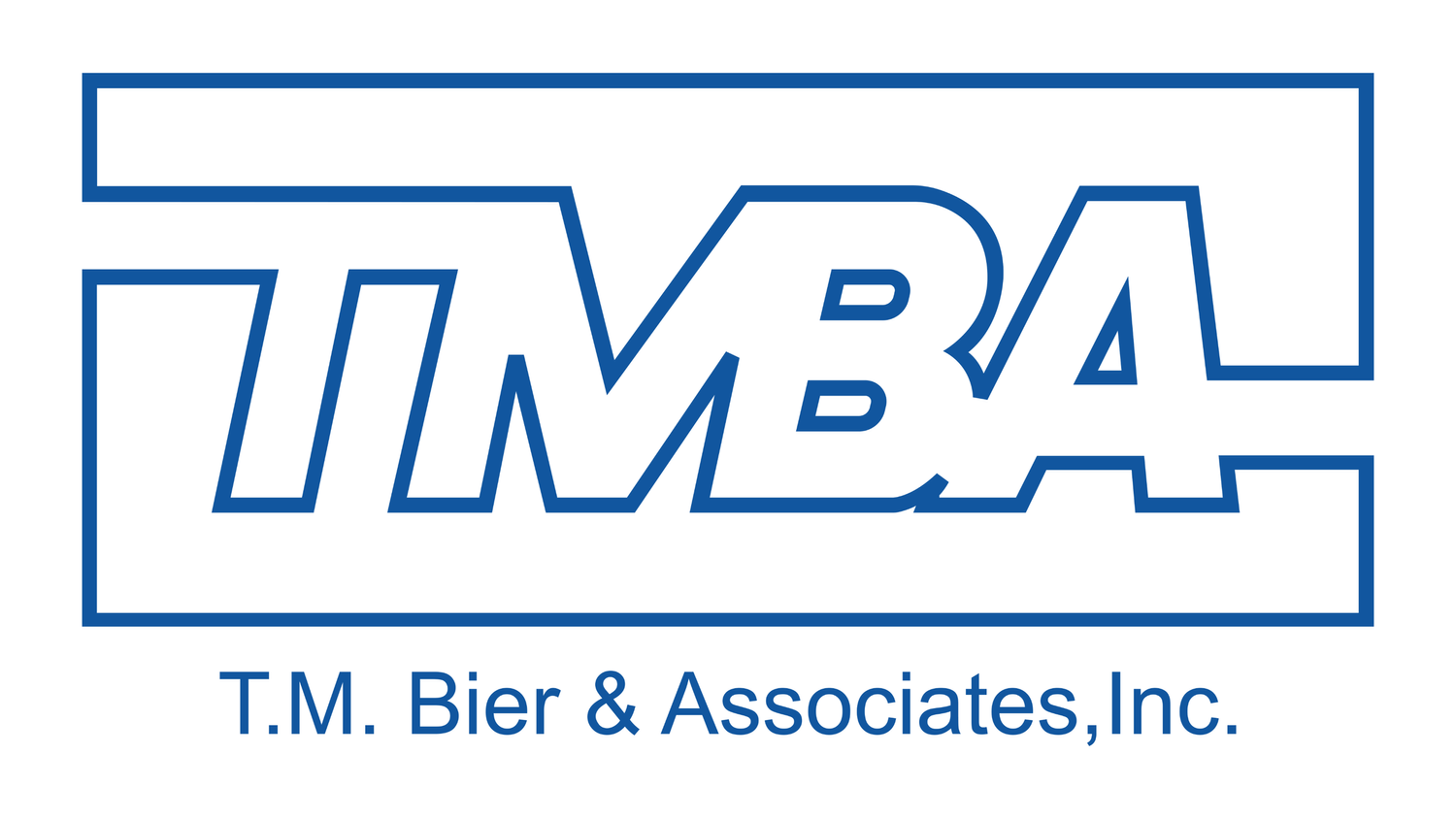How Building Management Systems Help With LL97 Benchmarking Compliance
What is New York City’s Local Law 97 (LL97)?
Buildings account for approximately two-thirds of greenhouse gas emissions in New York City and Mayor de Blasio has pledged to address these emissions as part of his plan to make the city carbon neutral by 2050.
Local Law 97 is one of the most ambitious plans for reducing emissions in the nation. Local Law 97 was included in the Climate Mobilization Act, passed by the City Council in April 2019 as part of the Mayor’s New York City Green New Deal.
Under this groundbreaking law, most buildings over 25,000 square feet will be required to meet new energy efficiency and greenhouse gas emissions limits by 2024, with stricter limits coming into effect in 2030. The goal is to reduce the emissions produced by the city’s largest buildings 40 percent by 2030 and 80 percent by 2050.
Complying With LL97 GHG Emissions
The buildings covered by Local Law 97 will be required to file a report with the Department by May 1, 2025 detailing their annual greenhouse gas emissions and then by May 1 of every year after. The report must be certified by a registered design professional. Buildings that are required to undertake prescriptive measures (e.g. Affordable Housing) will also be required to submit a report of compliance with the Department by May 1, 2025. A penalty of $268 is charged for every metric ton of CO2 equivalent above your building’s GHG limit (varies by building type). The penalties have made complying with LL97 a high priority for all building owners & managers in NYC.
How Building Management Systems (BMS) Can Help Meet GHG Emission Requirements
Reducing energy consumption to meet the GHG ceilings of LL97 for existing buildings will require much deeper reductions than the 10-20% reductions that typical energy-efficiency measures are able to deliver. The options to reduce GHG emissions generally start with relatively low-cost measures, such as upgrading lighting to LEDs, and end with major capital investments that replace one or more major building systems.
A new BMS (building management system) allows enhanced reporting, analytics and alarms for every point monitored in the system. The BMS will monitor apartment temperatures; boiler plants, tank rooms, and hot water generating equipment; steam pressure and other distribution factors at various points in the system; water, gas, and electricity status; and other critical indicators.
The BMS enhances operations of the department responsible for the maintenance of heating systems. Work orders can be initiated automatically when maintenance issues are detected. Apartment temperature data can be used to determine which apartments and/or lines may need preventive maintenance such as radiator valve or trap servicing, and identify under- or overheated areas.”
Why Work With T.M. Bier & Associates On Your BMS Upgrade?
T.M. Bier & Associates has been a leader in New York City’s building automation system industry for decades. Our firm has installed, upgraded, or retrofitted building management systems in hundreds of buildings throughout NYC and beyond. Since the passing of LL97, we have helped building owners & facility managers improve the control they have over their building’s systems including: HVAC, lighting, & more.
Our team of expert technicians, integrators & engineers have unique experience & deep expertise in building control systems. This has allowed TMBA to remain a leading integrator of building control systems in New York City.
If you are trying to comply with LL97 benchmarking goals, or avoid the associated penalties, we can help. Trust TMBA to ensure that your building is being managed in the most efficient and effective way possible with the latest technology in building controls.

